Three Things Home Improvement Websites Need to Capture More Leads
You're getting plenty of visitors to your website, but how many are actually becoming leads? Check out these tips to get more leads with your website.
Learn the best paid and free ways to generate quality leads to your home improvement business, from your website to listings, social media, and more.
With 140 million homes in the US, there is no shortage of people out there who need basements refinished, driveways paved, cabinets replaced, and plumbing fixed.
But there’s also no shortage of home improvement businesses out there. Competition is fierce, so how do you get all those homeowners to find out about you and choose you? This is what marketing your business is all about, and the first step in this process is lead generation.
Read on to find out:
Leads are individuals who have expressed interest in your business and provided their contact information. So in this case, they’re interested in some sort of home improvement project, whether that’s remodeling, roofing, additions, repairs, and more.
Leads can (and with any good marketing strategy, should) come in from multiple sources. For example, a person might:
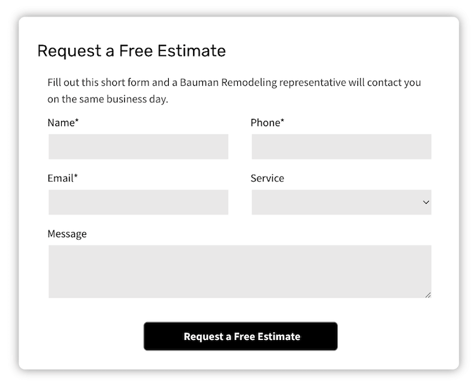
Here's an example of a lead capture form for a free estimate.
Leads are potential customers for your business but they’re not yet ready to buy. They’ve expressed interest in something you have to offer—whether that’s your actual product or service, or something related to it (like an ebook, case study, free tool, etc.). Since you have their contact information, you can now follow up with them to establish a relationship and eventually (hopefully) turn them into a customer.
For some businesses, following up is as simple as calling and setting an appointment, for others, it may mean sending a series of emails that provide more tools or information to build trust. It all depends on your sales cycle.
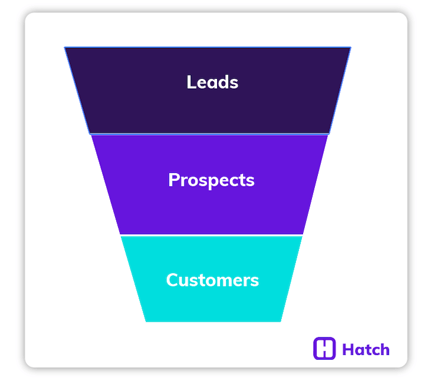
In plain speak: because leads turn into customers! A person searching to get their driveway paved or kitchen remodeled is not going to jump on the first business they see. They’re going to do their research, get quotes from multiple providers, and ask around. With a proper lead follow-up and nurture strategy in place, you can win them over during this time period so they choose you over competitors.
This is also why it's important to focus on generating qualified leads to your business. Having a high volume of leads isn't going to help you out if they're not going to be likely to buy. The time and resources you put into generating and nurturing them will just be a waste. So you need to make sure you're using the best strategies so you get the best leads possible.
Now that you know what leads are and why they’re important, let’s talk about ways to get more of them to your business.
First and foremost, your website needs to be designed to generate leads for your business. Here’s how:
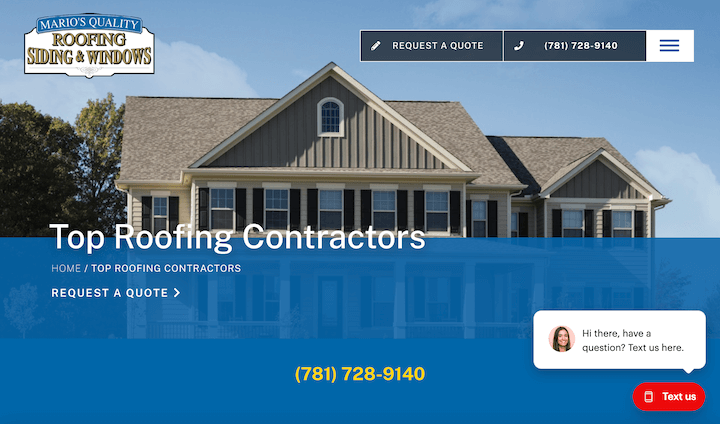
Mario's Roofing is a great example of a website that is optimized for lead capture.
With these elements in place, your website isn’t just an electronic brochure for your business but it’s converting visitors into leads for you. And with efforts like SEO and PPC driving relevant traffic to your site, you can increase the volume of leads and your conversion rates.
If you want to have lead magnets on your website, you need to have a content strategy in place. Remember, you are the expert in your field, which affords you so much more to offer your potential customers than just your products and services. Convert your knowledge (which to you is just second nature, but to them is gold) into guides and checklists, checklists, videos, and free tools that they can access for free in exchange for their contact information.
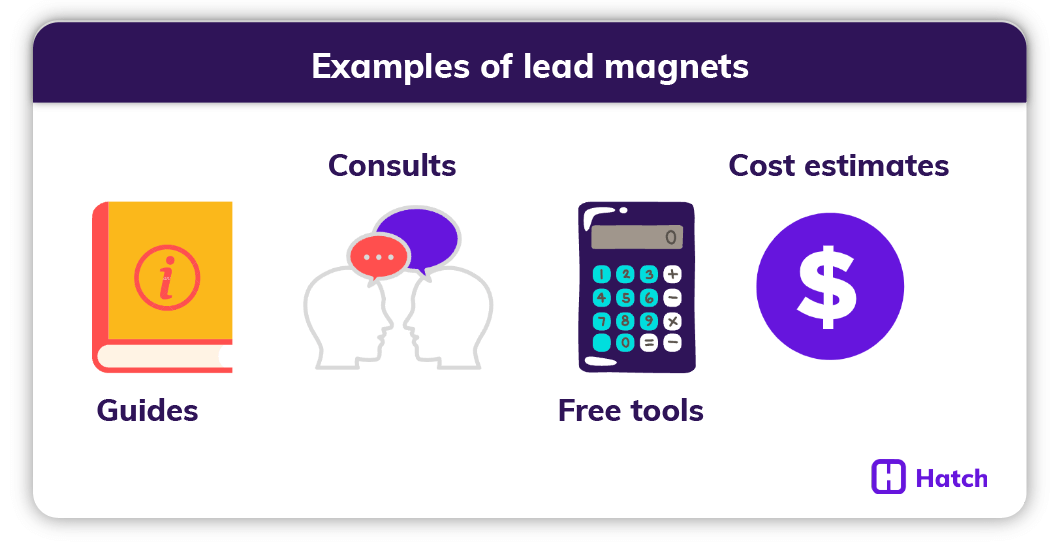
You may think that gating content in this manner would do you a disservice, but you only want the people interested enough to fill out a form contacting your business. This means they’re most likely to make the time, energy, and resources you allocate to lead nurturing and follow up worth it.
Those guides, checklists, and videos? Those should be created out of blog posts. Or you can repurpose them into blog posts. Your blog is ungated content, so it won’t generate leads via people accessing it, but what it will do is:
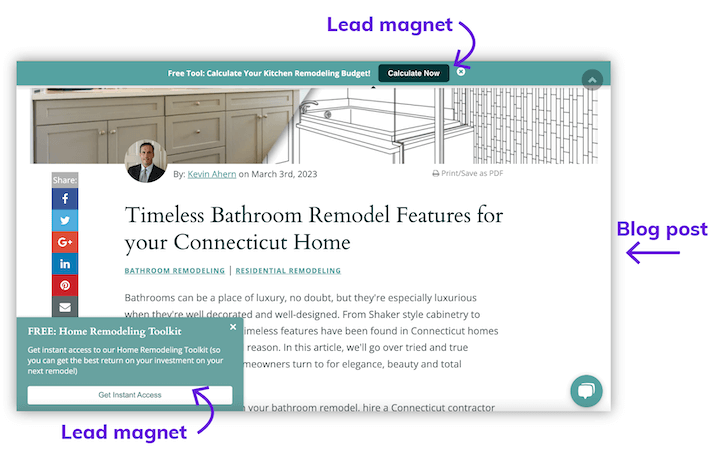
The more blog posts you have, the more lead magnets that will show!
Equally important as your website are your listings. Make sure you set up profiles on all the major directories that your target audience is using to find the services you provide. That includes general directories like:
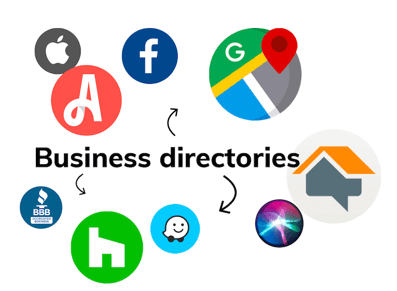
As well as niche directories like:
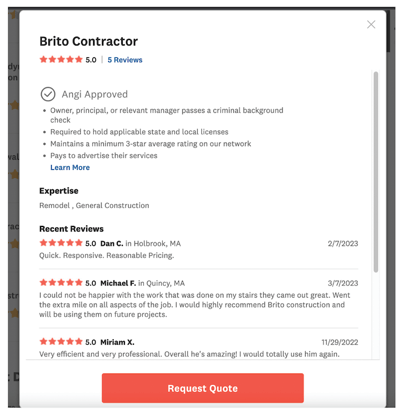
As mentioned above, once your website is optimized to capture leads, you can employ SEO tactics to generate traffic to your site. SEO has the best long-term benefits and doesn’t have direct costs, but it takes time and resources to develop a content strategy, do keyword research, regularly produce and maintain the content, and keep up with technical optimizations.
Pay-per-click advertising (PPC), on the other hand, costs money but your ads will start generating traffic to your website and/or calls to your business right away. And each ad platform offers precise targeting so you know you’re reaching the right audience. Popular PPC platforms include:
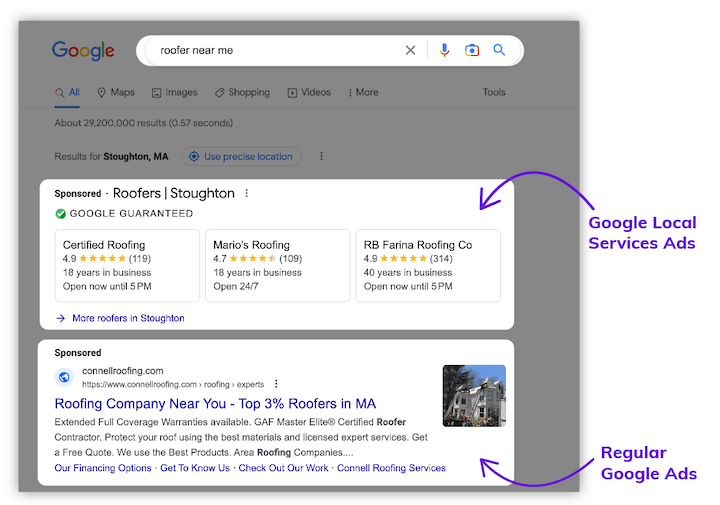
Many listing platforms also offer a paid option whereby they’ll prioritize your listing or give it additional exposure.
Lead aggregators, like Angi and Thumbtack, are similar to the last paid option we mentioned in the section above. They collect the leads for you via directories across their networks and deliver the leads directly to you.
Different lead aggregators have different business models. Many of them have a membership cost and then a cost per lead. Pricing varies according to their business model, your industry, and your market. Some of them provide leads only, while others provide a dashboard for managing the leads.
For help in choosing one, check out our list of the top lead aggregators for home improvement businesses.
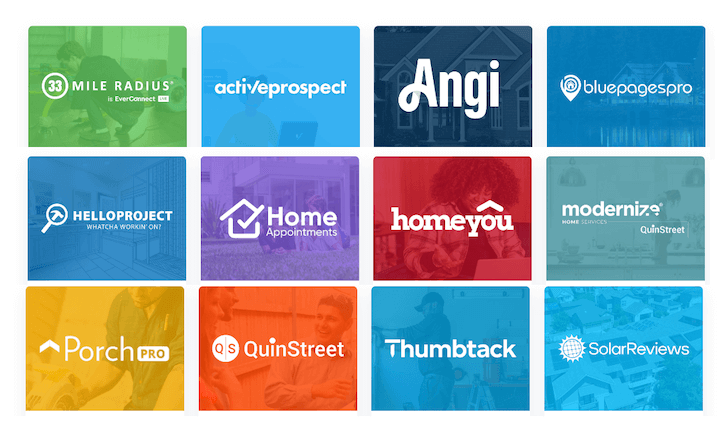
Here are some more reasons to consider using a lead aggregator.
Your website, content-driven lead magnets, paid ads, and lead aggregators will be your best sources of leads, but that doesn’t mean they should be your only sources. Here are some more useful ways to generate leads for your home improvement business.
Adding your business to Facebook Places and LinkedIn will help you get found by people nearby, but there’s a lot more you can do with social media in the way of generating leads. With a proper social media marketing strategy, you can build an audience of interested prospects, grow a community around your brand, improve brand awareness, and engage directly with leads and customers. It doesn’t have to be complicated:
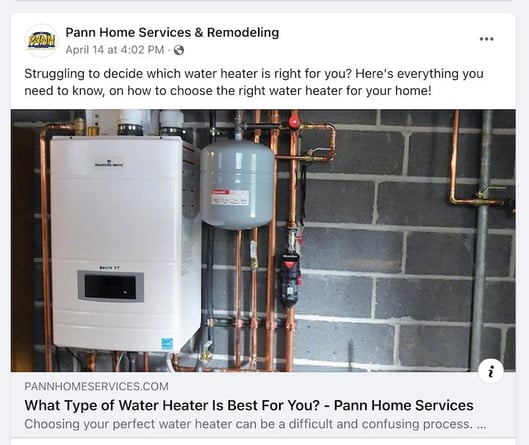
Most home improvement businesses are local, and one of the best ways to generate leads is to get involved with your community. The more people who know you, the more people that will come to you and the more people who will refer you. Find out what events are happening in your community and see if you can sponsor them. Or run your own event.
The below example from LocaliQ's lead generation ideas:

Some of the best customers are those that come in by way of referral. These customers tend to spend more and stay with you longer. You don’t have to build out anything complex. Put together a simple program where the referrer and referee both get some kind of discount. Promote it on your website and have little cards made up that you can hand out to customers.
We've got more tips on how to get referrals here
If you’re feeling like doing all of the things in this list is more than you have the bandwidth for, you may want to consider a marketing agency. A marketing agency will help you formulate an actionable marketing plan using many of the tactics in this list, helping you to prioritize according to your specific goals and challenges and then executing it on your behalf.
Use the above tactics to start attracting more potential customers to your home improvement business. The most important thing to remember, however, is that generating leads is only the first part of the equation. You need to have a proper follow-up strategy in place so you can build trust with them and eventually nurture them into customers.
To recap, here are the best lead generation strategies for home improvement businesses:
You're getting plenty of visitors to your website, but how many are actually becoming leads? Check out these tips to get more leads with your website.
Browse our list of the best lead generation websites for contractors in 2023, what they offer, and tips to choose the best company for your home...
Learn the best practices for your HVAC website so you can be set up for success–with 5 great HVAC website examples.
Be the first to know about new sales and marketing insights to grow your messaging strategy with leads and customers.